Autism
1992/11/01 Agirre, Jabier - Medikua eta OEEko kidea Iturria: Elhuyar aldizkaria
Autism is a childhood disease with clear lack of relationship with other people. Their symptoms appear between 2 and 5 years old; at that age normal children begin to strengthen their social behavior, but the parents of autistic children begin to realize that their child is “rare”.
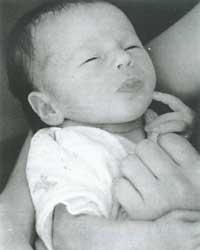
Autistic children are usually too good, almost never cry or not get nervous and can stay long in their crib, calm, even if they are alone. They are “distracted” to their parents and do not respond to their loving acts.
Autistic children have more or less serious language problems. Sometimes the language does not develop at all, other times the child begins to speak, but at the age of 2 stays there without going back or moving forward. In autism it is very typical that words or phrases pronounced by another person are repeated automatically depending on the age of the child. Even in cases where language evolves well, it does not develop normally (in syntax curiosities appear) and language is usually monotonous.
Another feature of autistic children is the interest in things and tools. They like to keep their environment constant, always the same. Any change, such as a small change in the path usually made on the daily walk, or a change of location in the house, generates great anguish and anguish. This area of their behavior is strongly limited by the assumption of limited sets of behaviors and recurring rhythms.
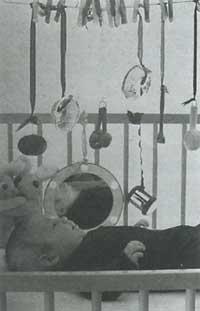
The roots and reasons for autism are still unknown today. At first, researchers believed it was due to a lack of love forward. But lately, in most cases, the existence of some organic, genetic root is recognized. Proof of this is that three of the four autists are children and only one girl.
Because the exact reason for autism is not known, there is no specific treatment for autism, but it is shown that when autistic children are offered special education they greatly improve.
As for the prognosis, it is much better for the autistic child than at the age of five to communicate with other people than the child who cannot have any relationship through language.
Many of these data have been extracted from a book published by the Association of Fathers and Mothers of Autists of Gipuzkoa, GAUTENA.
What is autism?
Since Leo Kanner described this syndrome, for 45 years the concept of autism has had different interpretations, which has generated a great mess.
Currently, and following the criteria of the WHO, most experts understand Autism as a set of behaviors that appear before the third year of life and that submerge the child in very different ways to normal development.
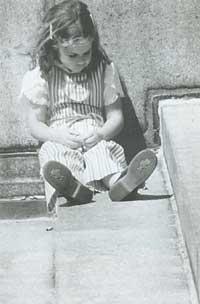
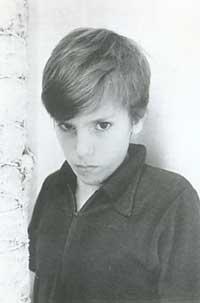
Children with social disabilities
are usually. For example, when their parents travel home they do not follow them, nor with their eyes. They do not like contact or physical contact. They have no smile between friends, no fear ..
Delays and language development disorders
they usually have. Language can develop gradually, not develop at all or start well, but can be broken. Half of them, who have learned to say something, will have what is called “ecolalia”, that is, they will repeat the last words of the question as an echo to answer the questions posed to them. On the other hand, you and I also mix people.
Children who do not learn to use their toys
are. They do not cultivate any fantasy and their games are destructive (breakers), monotonous, repetitive.
Response to altered sensory stimuli
They usually have these children. The same autistic child, at different times, will respond differently to stimuli (lights, sounds, smells, etc. ), sometimes nothing and terribly to others. Sometimes, as if they were crazy. At other times it seems that they neither see nor perceive them.
Its development is not harmoniously coordinated
... In these children the normal coordination of the 3 phases of development (motor, knowledge and social) is not performed. The degree of development of these children presents serious fluctuations, in some cases higher than their age.
When a child has all these behaviors before age three, it can be said that he is autistic.
What to do with autistic children?
The goal of the rehabilitation program is for each affected child to reach their greatest potential or potential aptitude. To do this, these programs must be applied in the most normalized or normalizing environment possible.
Each autistic child needs an individualized program, developed by the technicians along with their parents, which will be reviewed periodically.
Normally there are five fundamental areas to work: activities related to daily life (clothing, washing, eating, hygiene and personal autonomy), specialized pedagogy, development of communicative capacity (or learning if necessary), socialization and normalization of behavior and occupational therapy.
Autism Facts
- Of 10,000 schoolchildren, four or five are autistic.
- Less than 17% of autistic children reach a sufficient intellectual level, exceeding to a greater or lesser extent 75% those with greater intellectual deficiencies.
- It appears four times more in boys than in girls (3 times more, according to other data).
- It is not clear why it still happens, but the latest research seems to point to a genetic impact accompanied by brain problems.
- It occurs in all social classes, both high and low.
- The future of the autistic child depends on disability. Intellectual quotient (A. or IQ) remains the best predictive factor, but it is clear and accepted that most autistic children need assistance throughout their life.
- For this syndrome at the moment there is no specific treatment.
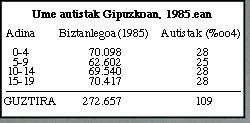


Gai honi buruzko eduki gehiago
Elhuyarrek garatutako teknologia




